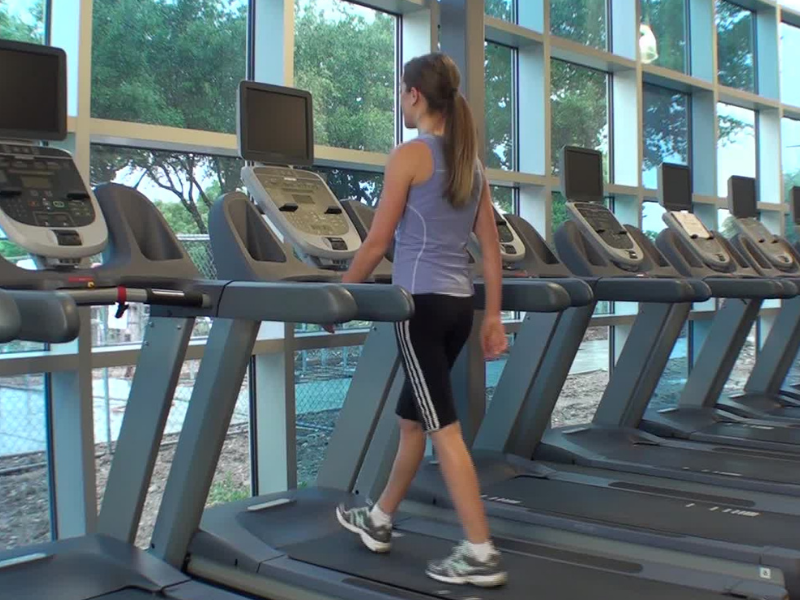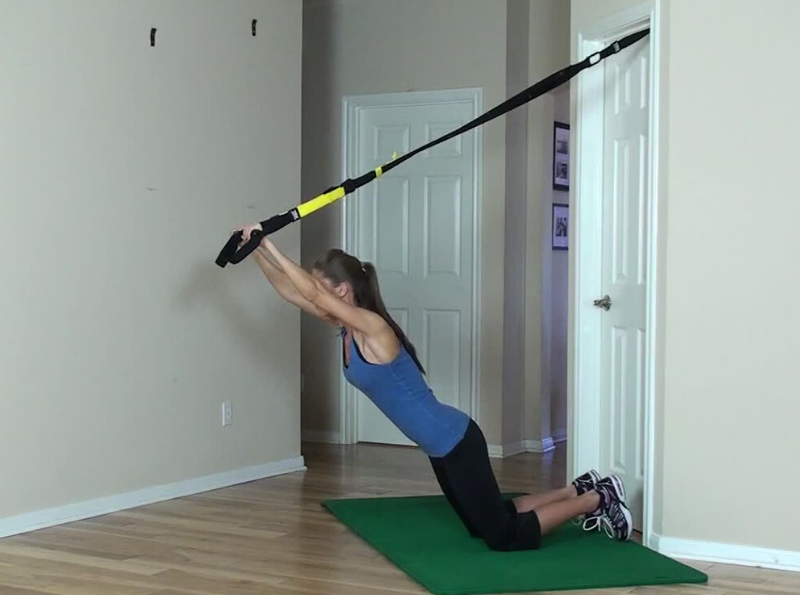
Personal Trainer Software Updated Interface
Announcing Total PT Fitness Personal Trainer Software Updated Interface! Our Total PT Fitness personal trainer software has undergone some dramatic improvements and changes. The first

Announcing Total PT Fitness Personal Trainer Software Updated Interface! Our Total PT Fitness personal trainer software has undergone some dramatic improvements and changes. The first

Your online fitness testing protocols are important. We often hear many questions about online fitness testing from trainers. Why is it important? Are tests really

How To Soft Open Your Personal Training Business Opening If you have followed all the steps of the previous blogs, it’s time to move on

Personal Training Templates are Essential for Online Trainers Having a good line of personal training templates will save you time and decrease effort. There simply

Online Personal Training Package Prices – Crucial For Sucess If you have been progressing along with this blog series, you should have your basic prices

The Basic Guide for Online Personal Training Prices Determining your online personal training prices can be a challenge. It’s also one of the most important

Every business should have a unique selling proposition Ask anyone who has a successful business and they will tell you having a great product is

Determining Your Personal Trainer Niche is Crucial For Your Businesss The fitness industry is large and getting bigger every day. While that is a good

An Online Personal Trainer Must Have A Personal Trainer Website A website and online presence is crucial for any business today. This is especially true

Having the proper personal training tools will make your job easier. Make a website. Start your own business. It’s easy! Sure, it is easy to

It is important to get your personal training business setup correctly from the start. It can be tempting to rush right into online personal training

Ever wonder if it was time to start your online personal training business? Becoming an online personal trainer is quite popular these days. As it

Winter is just around the corner and now is a great time to gain personal training clients. During the winter months many people become winter